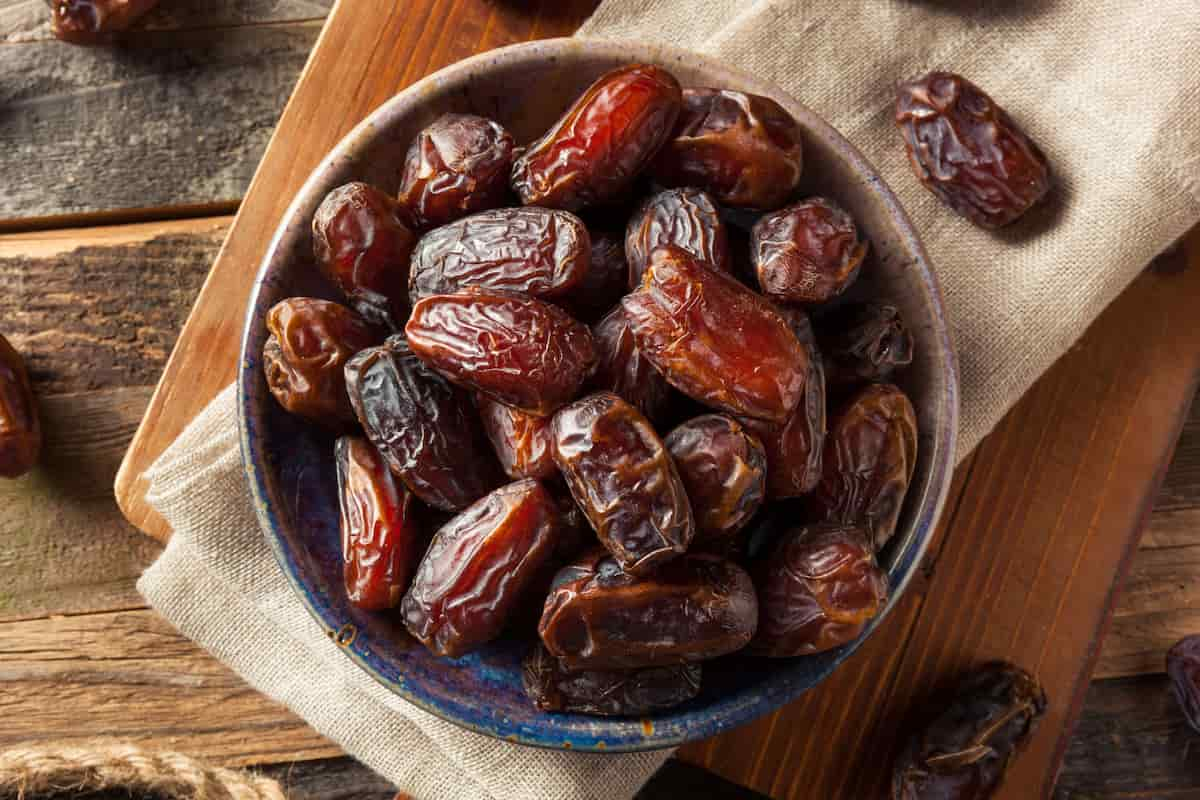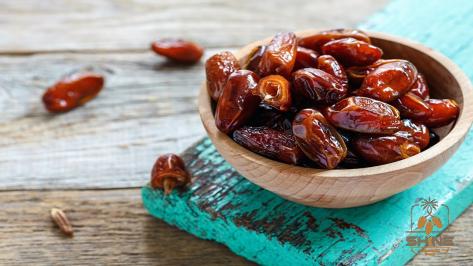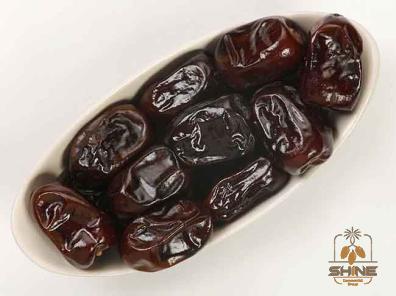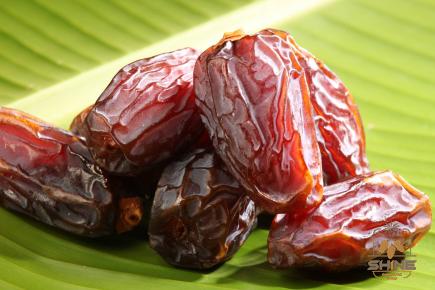Everybody knows about the benefits of the date fruit since the consumption of it has become a must in some cultures. in this article we are going to talk about the seed, tea and oil of this type of fruit, so that you know how incredible they are.
The date, also known as Phoenix dactylifera, is the natural fruit of Iraq that has the most sugar content. Dates have provided sustenance for humans in the Middle East for untold numbers of generations, and the date palm tree is the source of these dates.
Dates have a particularly high concentration of vitamins A, B6, and K. Vitamins such as these are essential for healthy bone formation as well as eye function. Dates are a fantastic resource for a number of essential minerals and vitamins, including calcium, iron, potassium, protein, manganese, magnesium, phosphorus, copper, and sulfur. Dates are also a wonderful supply of potassium, which the body need for healthy functioning. For example, they could assist pregnant women in maintaining a healthy weight gain and cholesterol level during their pregnancy.
Dates do not contain any cholesterol. They are superior to bananas in terms of their fiber and iron content. It is necessary to do research to determine how these elements influence the cholesterol-lowering properties of the fruit.
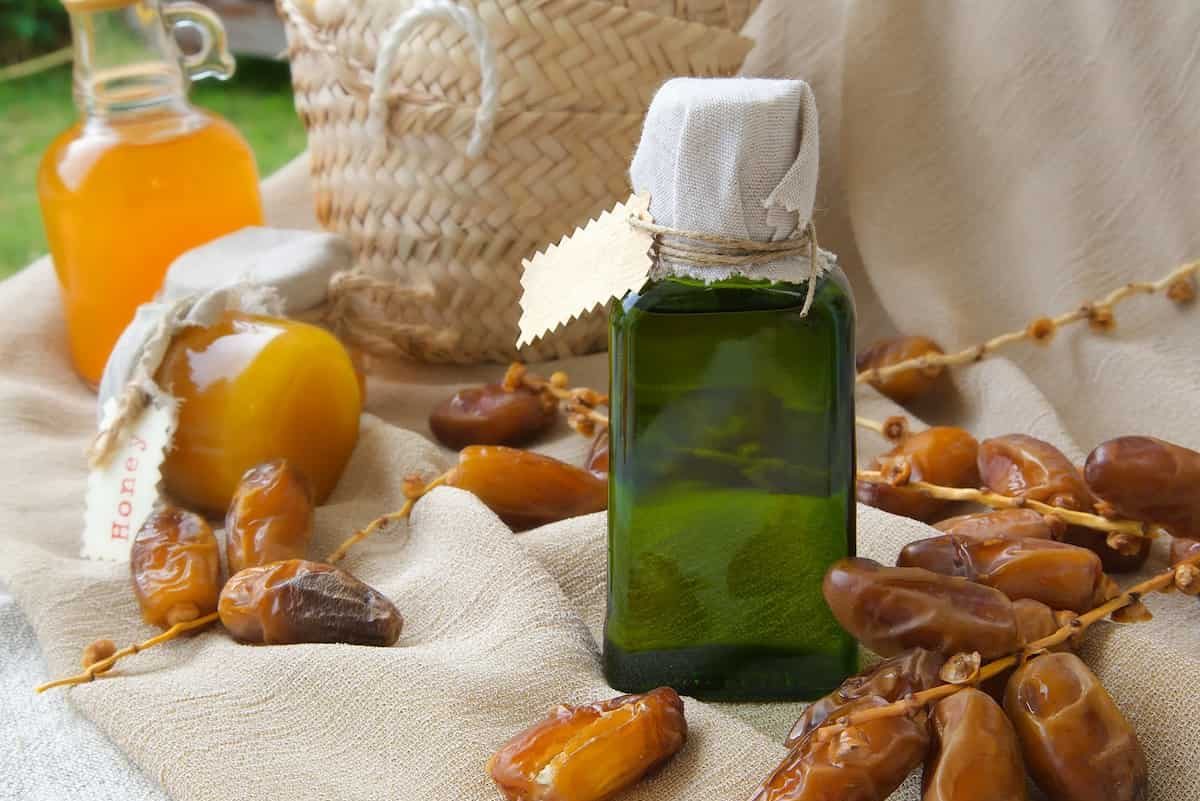
Copper, magnesium, selenium, and manganese are rich in dates. All of these nutrients are essential to maintaining healthy bones and avoiding problems that are associated with bones (like osteoporosis).
Dates are a great source of vitamin K and can provide you with lots of the nutrient. This vitamin plays a role in the formation of bones as well as the clotting of blood.
Dates are another source of boron in the human diet. Boron is yet another nutrient that has been shown to be necessary for healthy bones.
Researchers have shown that eating dates reduces the amount of oxidative stress and inflammation that the brain experiences. In older persons, eating dates on a regular basis has been linked to improved brain function as well as a lower risk of neurodegenerative illnesses.
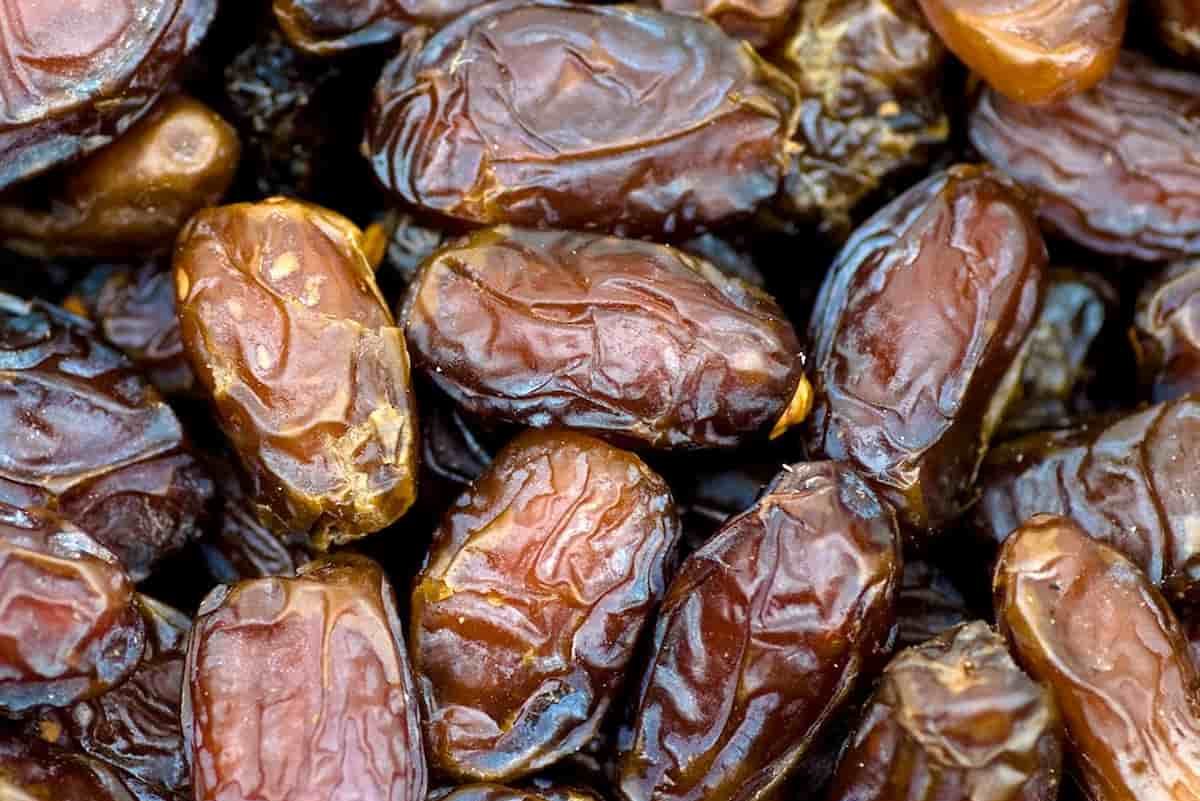
date benefits everybody must know about
Everybody who lives in the middle east and the tropical areas must know everything about date benefits. For many people living in the southern Mediterranean, dates constitute not only a substantial source of money but also a fundamental component of their nutrition. This crop is vital for population stabilization as well as the construction or maintenance of viable community centers. In addition to its relevance to the economy, this crop also has other important functions.
Since the year 2000, the amount of land used for growing date fruits has increased from 1.05 million hectares to 1.09 million hectares, resulting in an increase in production from 6.44 million tons to 8.53 million tons. These findings point to a significant improvement in agricultural productivity as well, given that production has increased by 25 percent despite the fact that the total area of cultivable land has remained the same.
In 2018, Iran, Saudi Arabia, and Egypt were the only three countries that contributed to over half of the global output. In spite of this, Tunisia remained the leading exporter in the world in 2018, giving $300 million to worldwide commerce. This represents 17.6% of total global trade.
Dates are cultivated for numerous uses, including a growing industrial business as well as human consumption as dried fruit (whole, pitted, or filled). One of these purposes is the rising popularity of date-based industrial products (puddings, bread, jellies, jams, syrups, etc.). The waste products of the date fruit industry, which include date meat and date seeds, are a source of significant concern in geographic areas where the fruit is farmed and processed.
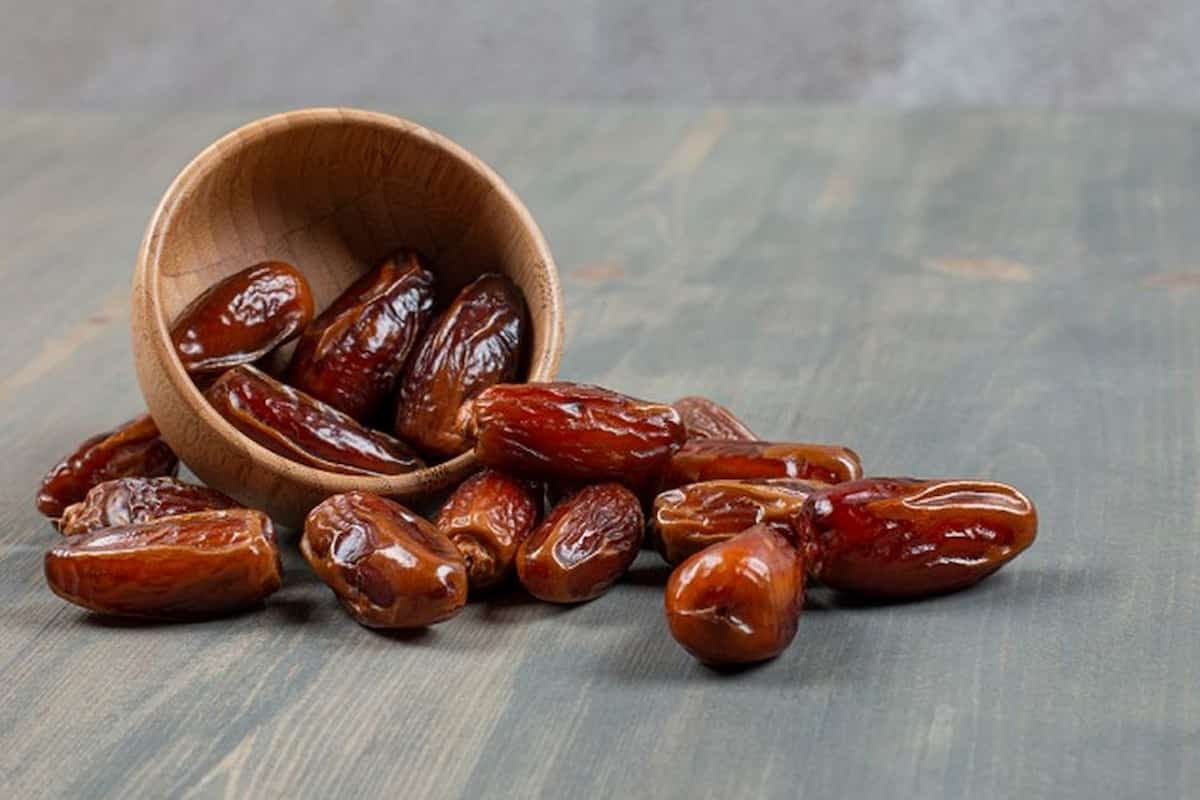
In point of fact, tons of date seeds, which account for approximately 10 to 15 percent of the fresh weight of the date fruit, are thrown away every single day or utilized mostly as animal fodder for sheep, cattle, and camels. In the many books that have been written about this predicament, numerous attempts are alleged to have been made to discover a solution.
Because of its exceptional physical and chemical features as well as its chemical composition, date seed oil is the most popular choice for use in the kitchen. Due to the significant amount of oleic acid that it contains, it is an excellent source of fat.
Date seed oil has a good resilience to heat processes and oxidative rancidity, which enables it to be used as a suitable replacement for palm olein. This is because there is a plentiful supply of saturated fatty acids in addition to a variety of other antioxidants (phenolic compounds, tocols, carotenoids, etc.).
Their amount of carotenoids is sufficient for the manufacturing of margarine since, without the use of artificial coloring agents, they offer a yellowish butter-like appearance. In addition, margarine made with these ingredients has the same consistency as butter.
Mayonnaise made with date seed oil has been shown to have superior sensory characteristics over mayonnaise made with maize oil, according to research conducted by Basuny et al.. However, the viability of any possible application for human consumption calls for a comprehensive risk assessment.
The majority of a date seed is composed of many nutrients, including dietary fiber, protein, carbohydrates, phenols, and minerals (potassium, magnesium, calcium, phosphorus, sodium, and iron).
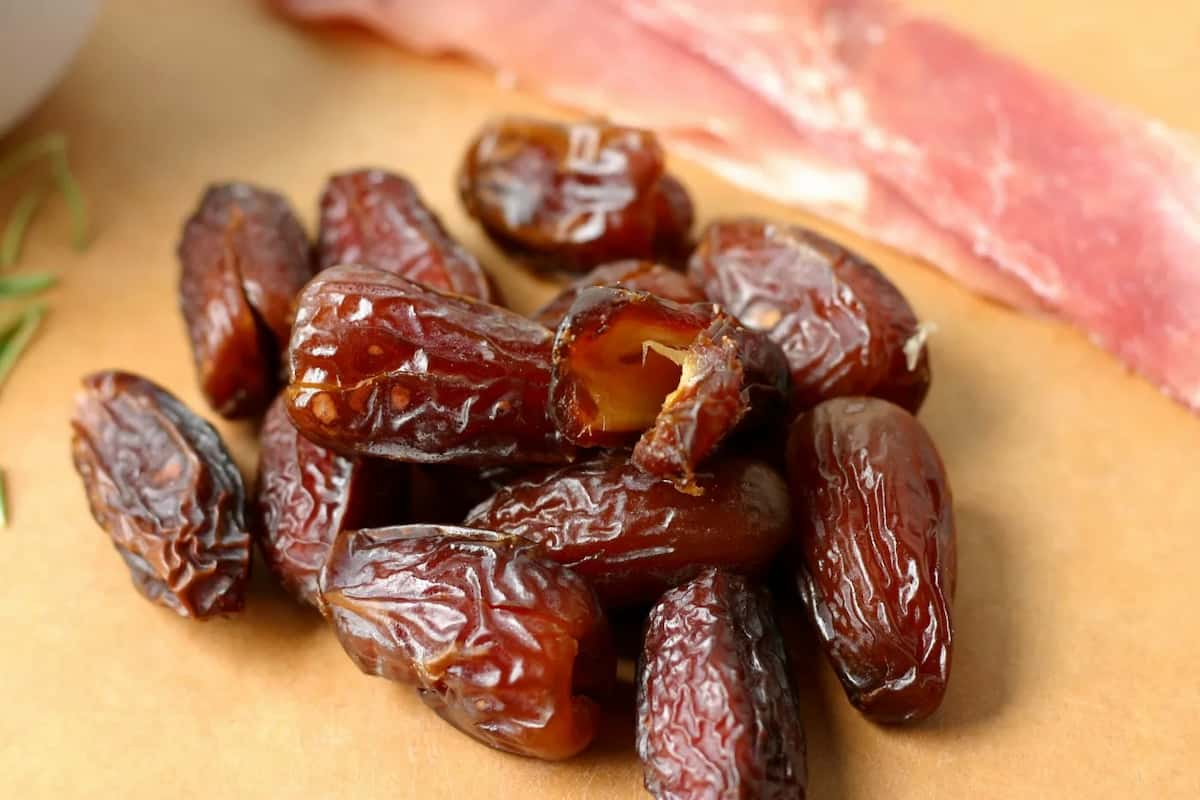
These molecules are involved in a wide variety of biological processes, including the elimination of pathogens like bacteria and viruses and the production of antioxidants.
There are five primary fatty acids that make up the fatty acid profiles of various date seed oils. These include oleic acid (C18:1), linoleic acid (C18:2), palmitic acid (C16:0), myristic acid (C14:0), and lauric acid (C12:0). These acids can be found in varying concentrations, but together they account for more than 90% of the total fatty acid composition.
In general, oils that contain a significant amount of oleic acid are particularly attractive for a number of reasons, including the fact that they are quite stable and provide significant advantages to one’s health.
Oleic acid is thought to be one of the most important unsaturated fatty acids in human food because of its ability to lower blood cholesterol levels, its low saturation level, its protective effects against certain heart and blood vessel diseases, and its high oxidative stability.
Other reasons why oleic acid is considered to be so important include its low saturation level and its protective effects against certain heart and blood vessel diseases.
It is well established that oils that are rich in unsaturated fatty acids offer protection against inflammatory disorders as well as cardiovascular conditions.
In addition, the antibacterial capabilities of lauric acid prevent the growth of bacteria and their production of toxins. Because of this, it is significantly more beneficial to one’s health than trans-fatty acids and reduces the risk of developing prostatic hyperplasia.
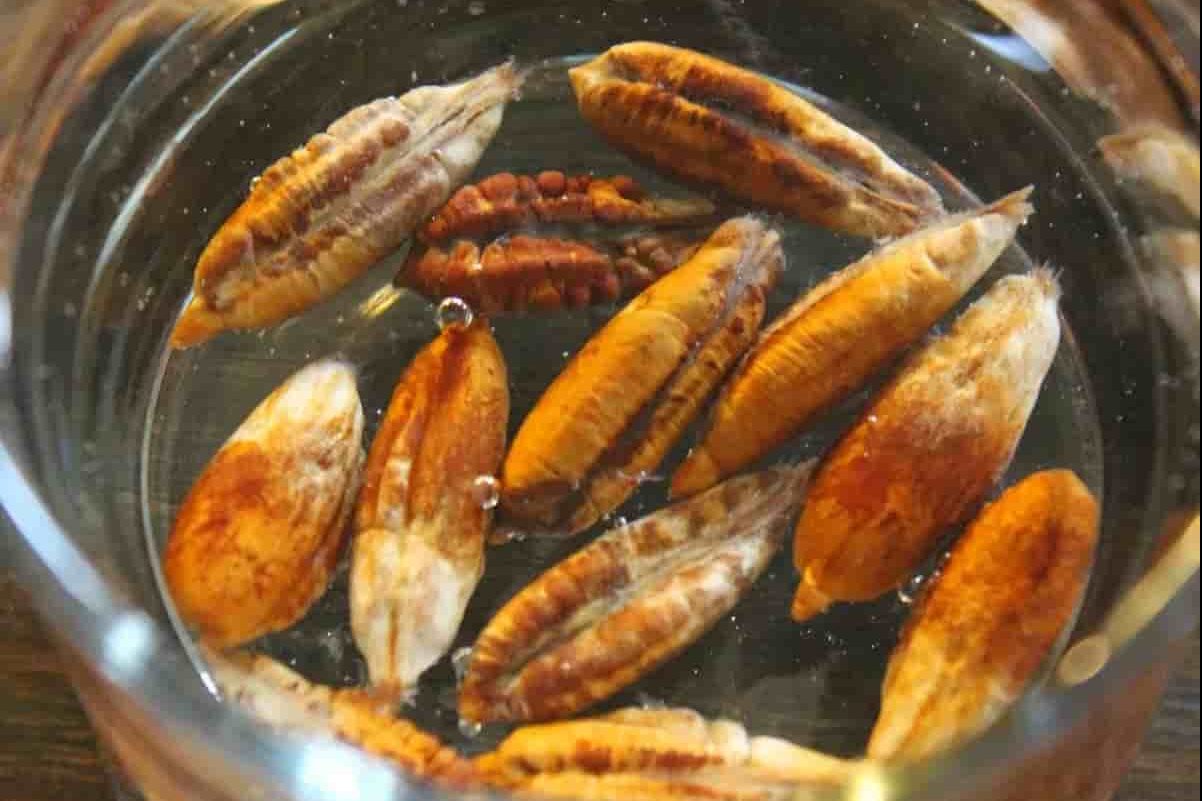
date seed oil benefits everybody must know about
the oil of the date seed has much benefits that everybody who hears about them comes to know that they must use it. The oil extracted from date seeds has potential applications in both medical and aesthetic settings.
Date seed oil has the ability to block both UV-B and UV-A rays, which are the two types of light that cause the most harm to skin cells. As a result, date seed oil could be utilized in the production of UV protectors.
Ines and her colleagues looked at it as a potential chemopreventive drug by studying it with a model of normal human epidermal keratinocytes. They arrived at the conclusion that this oil had the potential to prevent the oxidative damage brought on by H2O2.
In addition, it did not have any negative impacts on the cells even at levels as high as 30 g/mL. The same scientists observed that skin cultures with date seed oil had four times less DNA damage than those without oil when exposed to the same quantity of UV-B light. This was the case even when both groups were subjected to the same amount of UV-B light. According to the authors of the study, the beneficial effects of this photoprotective oil are due to the presence of phenolic and tocol compounds.
In point of fact, Lecheb and Benamara crafted a beauty cream out of date seed oil and an extract of the seeds that was dissolved in water. The spreadability, viscosity, and rheological qualities of various commercial creams vary, but the optimized cream is superior because it is made with natural chemicals rather than synthetic ones. Because consumers are becoming increasingly concerned about the use of chemicals in cosmetics, they could prefer products like these bio-creams.
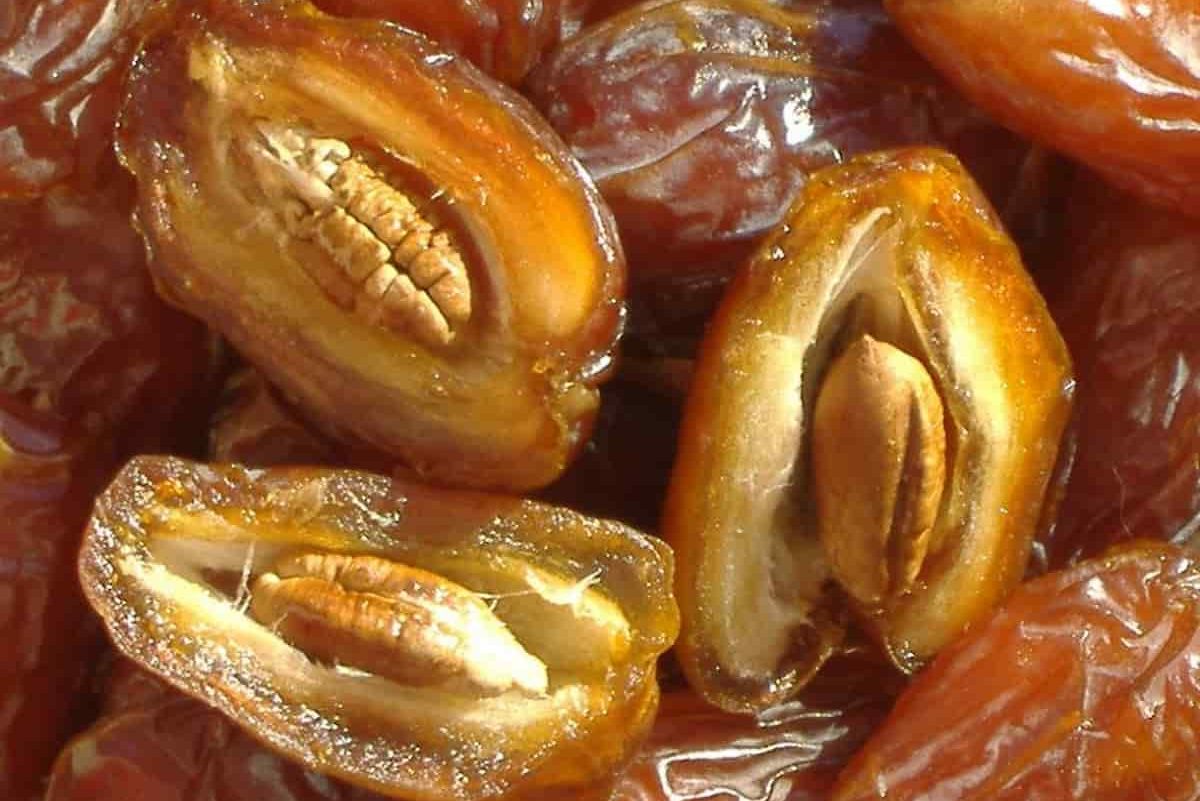
The use of date seed oil in the production of medications and certain functional foods has a lot of untapped potential.
It is also a source of oil that may be replenished over time. Because this oil contains a very small number of free fatty acids, Azeem and his colleagues reasoned that it might potentially be suitable for use in the production of biodiesel.
The investigation conducted by Al-Zuhair et al., which utilized two distinct catalysts (NaOH and Novozym®435), discovered that the yields for both types of catalysts were almost the same. NaOH was able to transesterify trans-9-elaidic acids in a fairly selective manner, in contrast to Novozym®435, which transesterified the majority of the acids in the oil sample equally.
Another industrial usage that has been considered is as a feedstock for the production of poly(3-hydroxybutyrate), which is a biodegradable polyester that could replace plastics that are harmful to the environment. This use of the material in industry has been investigated.
Instead of using edible vegetable oils as a source of carbon, the bacterium Cupriavidus necator may produce PHB in sufficient quantities and at a high concentration if it uses solely date seed oil as its substrate.
The physicochemical characteristics of the PHB that was made from date seed oil were identical to those of conventional PHB. It is strongly recommended to utilize inexpensive oils that do not compete with food as feedstock for the production of biodiesel and other chemicals. These oils can be found.
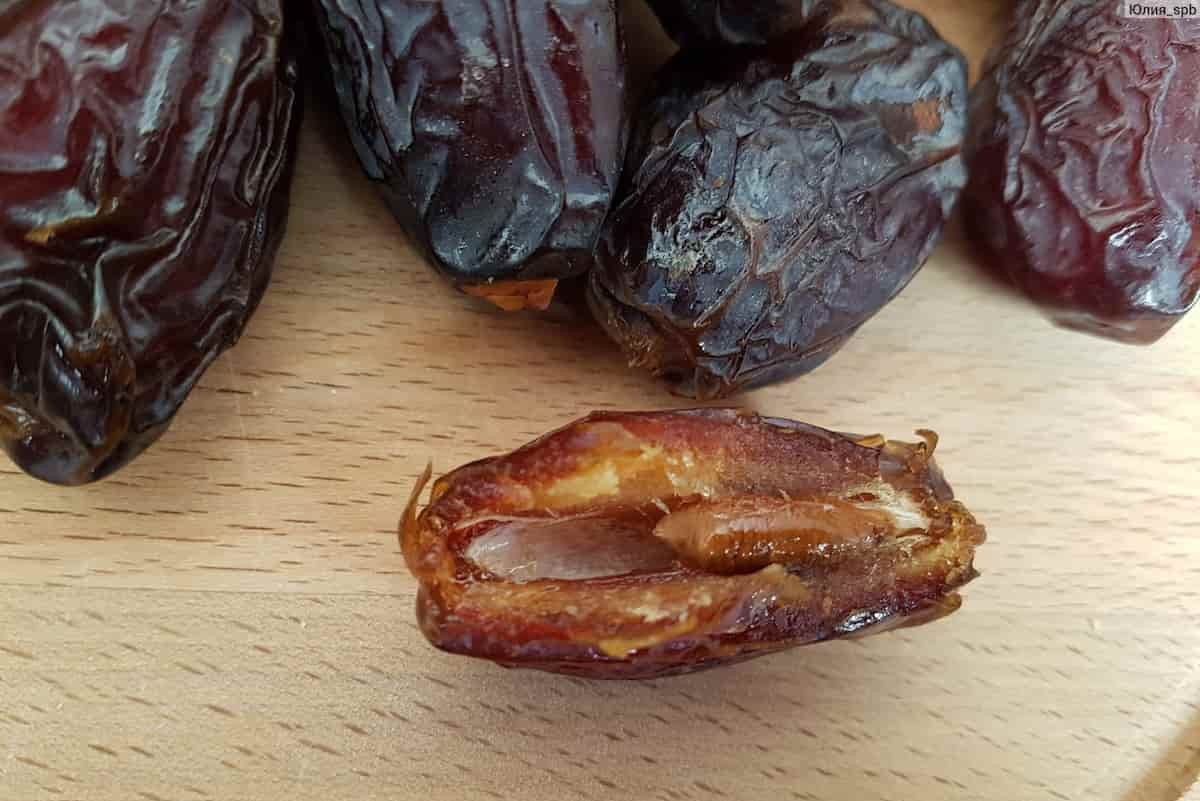
The date pit is a great illustration of this concept. It is a by-product of the food industry that is not difficult to track down and possesses the appropriate chemical composition for a variety of applications.
Date seed oil’s reputation for being beneficial to one’s health is due, in large part, to the presence of monounsaturated fatty acids, in particular oleic acid.
This food may include a high concentration of helpful antioxidant compounds including phenols, tocopherols, and phytosterols, which enables it to be an effective weapon in the fight against a wide variety of diseases.
Date pits are becoming more widespread and present a problem for sanitation as a byproduct of date production. Getting a hold of their oil could turn out to be quite profitable in the long run, so this is something to keep in mind.
Because of its one-of-a-kind chemical and functional makeup, date seed oil has the potential to develop into a cutting-edge, adaptable oil.
In the kitchen, it can be used for frying, seasoning, or shortening; in medicine, it can take the form of biodiesel; and in the beauty industry, it can be used to moisturize the skin (in the form of bioplastic).
Date seeds have a variety of potential applications, and throwing them away would be a waste of resources. This would be beneficial to the economy as well as the society of places where people establish relationships with one another.
